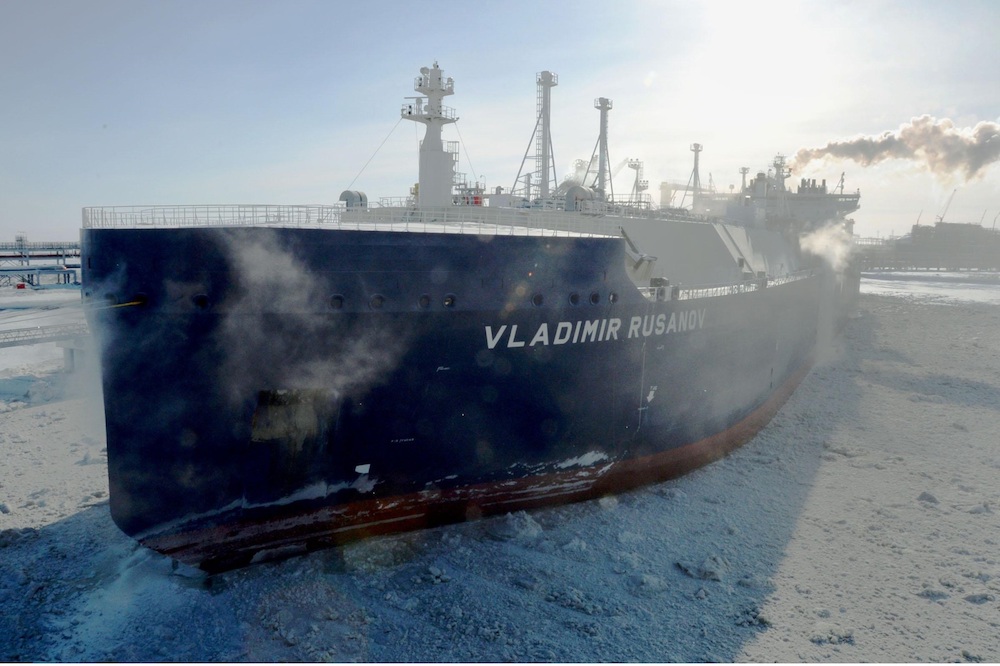What’s good for the Arctic may be bad for the North Atlantic, insurer warns
A warming climate has made it easier to sail polar routes, but the opening Arctic is not without its dangers.

The continued retreat of Arctic sea ice is making polar shipping an increasingly viable option for shippers, bringing with it potentially shorter distances between Asia and destinations and Europe and North America.
But the benefit polar routes bring must be held up against the dangers of sailing in the region, according to Safety and Shipping Review 2018, published by Germany-based Allianz, the world’s largest insurer. Likewise, an opening Arctic may lead to increased ice risks in the North Atlantic, the company says.
“Climate change could open up new shipping routes in the Arctic, such as the Northwest Passage, and routes across Russia and Canada. These routes will have advantages as well as disadvantages. For example, a collision in a remote hostile environment like the Arctic could prove challenging, and would be a long way away from salvage teams,” said Volker Dierks, an Allianz executive.
Each year, Allianz uses its report to focus on on key developments in maritime safety. In addition to polar shipping, this year’s publication includes topics such as increasingly powerful maritime storms, cyber-crime and new emissions regulations.
The region’s promise, according to Allianz, is underscored by a range of developments in 2017 (and which continued into 2018) that included the first shipments of natural gas from Russia’s Yamal LNG plant, on the Arctic coast, and a decision by China to make the Northern Sea Route, along Russia’s Arctic coast, a part of its Belt and Road Initiative, a multi-billion dollar infrastructure investment scheme.
Last year also saw a 40 percent increase in the volume of freight shipped on the Northern Sea Route, resulting in the highest volume ever. However, increasing traffic was also accompanied by record number of accidents. Some 71 vessels were reported to have suffered some sort of incident involving a casualty, a 29 percent year-on-year rise.
While some experts have cast doubt on the viability of polar shipping, Russian authorities expect volumes to increase eight-fold by 2030, in part due to planned expansion of natural-gas drilling in Yamal.
Allianz, based on figures from NASA, the U.S. space agency, concludes there is evidence to suggest that shippers are increasingly sailing further north. While it welcomed further improvement of initiatives such as the Polar Code that improve the safety, it also frets that neither shippers nor maritime authorities are fully prepared for sailing in the region.
“Arctic conditions can change quickly and transit information will need to be disseminated faster than at present in future,” the report states.
[Canadian Arctic shipping traffic nearly tripled over 25 years]
Allianz also warns that the hazard posed by ice flowing out of the region is expected to increase, and that this may soon constitute a “significant threat in the North Atlantic.
Currently, this has not been a problem for primary shipping routes, but 2017 was the fourth consecutive “extreme” iceberg season in the North Atlantic, according to the U.S. Coast Guard. More than 1,000 icebergs were recorded between February and the end of July.
This year has been closer to normal, but that does not decrease the need for ships to be on alert, according to Allianz, which called for more training and routing support to address the situation.